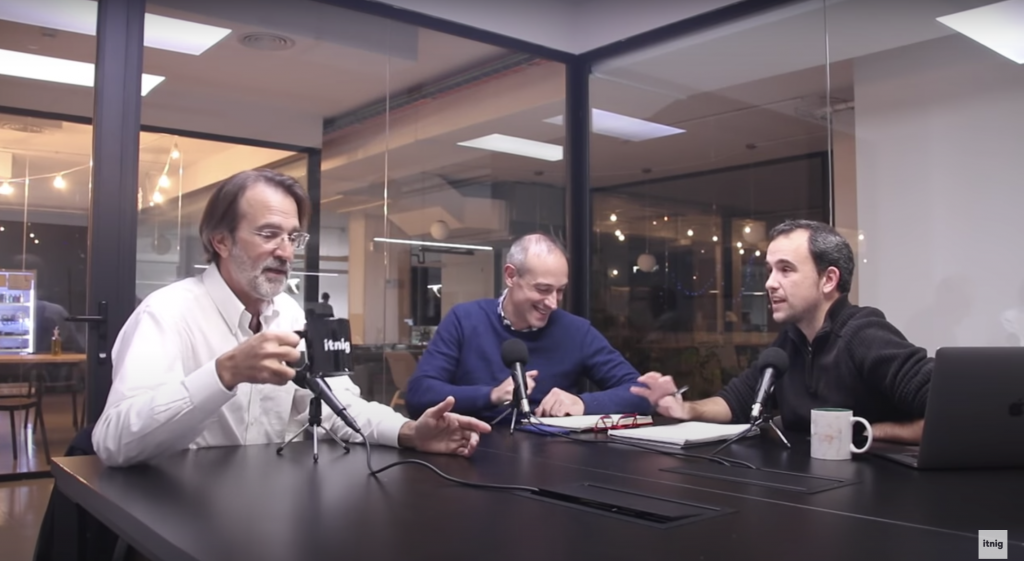How to Craft a Winning Startup Pitch to Attract Investors
Knowing how to pitch your business is a very important part of your startup’s success. No matter how unique or innovative your business idea is, it is all about how you sell it to the right people. A startup pitch needs to be well-thought and planned out so that the investors find it interesting enough.

